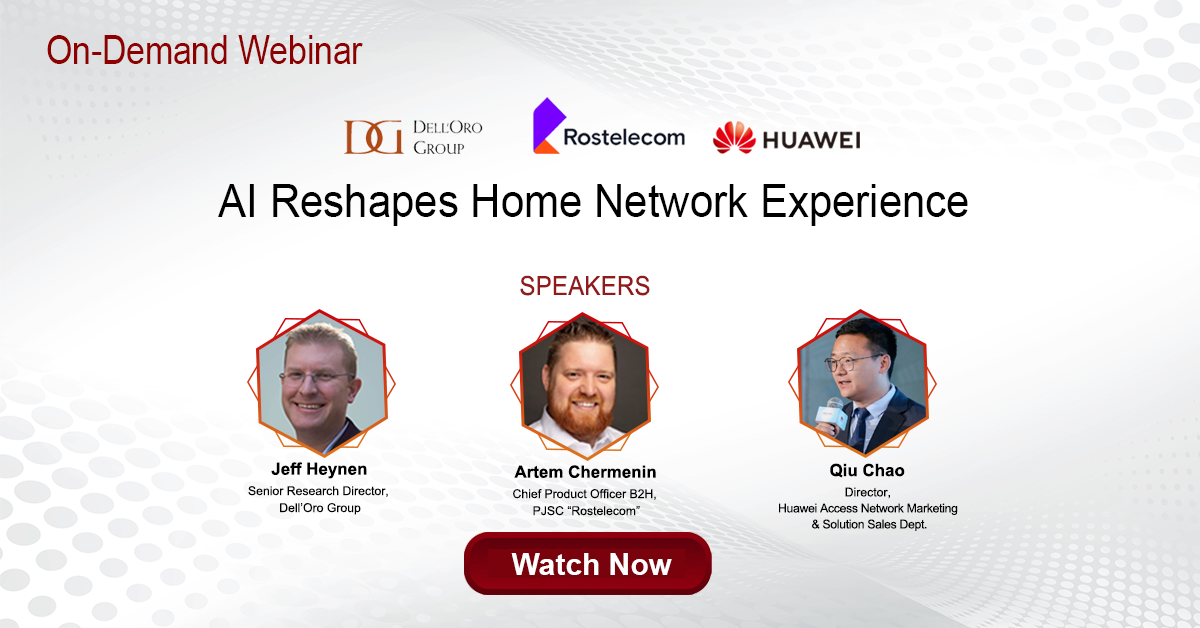In yet another sign of a re-shuffling of the deck among cable equipment vendors, Vecima Networks announced an agreement to acquire the Nokia DOCSIS DAA and EPON/DPoE product portfolio. The agreement comes on the heels of ATX Networks’ acquisition of Cisco’s cable amplifier business and continues the trend we have seen of larger equipment vendors divesting business units to smaller companies focused squarely on global cable operators.
For the original Gainspeed team, this also marks their second transaction, after Nokia acquired the start-up back in 2016 with the hope of extending market share gains made in the routing segment to cable access networks. Likely, the return to a smaller, exclusively cable-focused business will pay dividends for the group that was—and remains—at the forefront of remote MACPHY and flexible MAC architectures.
Meanwhile, for Nokia, this puts an end to the pursuit of DOCSIS access business, though the company is likely to continue selling its own GPON and XGS-PON platforms into the cable vertical, as some operators have expressed an interest in these options, as opposed to deploying 10G EPON or DPoE (DOCSIS Provisioning over EPON).
Though the Nokia/Gainspeed combination had netted some customer wins and trials, there was obvious concern about just how long it would take for the business unit to generate meaningful and sustained revenue. As we have noted before, 2019 was a difficult year for cable access equipment vendors, with total revenue dropping 36% from the year before. A glut of DOCSIS channel capacity, the lack of significant competitive threats, and indecision around DAA technologies and timing all contributed to the spending slowdown in 2019.
2020 isn’t expected to fare much better, with operators focused in the short-term on expanding capacity via existing CCAP platforms and node splits. Some new DAA projects have been shelved for the time being, though R-PHY deployments at Comcast, Cox, and others will continue. The uncertainty around when cable operators would return to their DAA projects, combined with general uncertainty around the macroeconomic environment, were likely the reasons behind Nokia’s divestment.
Vecima’s Gain
For Vecima, the acquisition of Nokia’s cable unit fills a few key product gaps. The company was already finding success with its Entra R-PHY node, having deployed with ANsome North American operators and interoperating with MAC cores from Harmonic, Cisco, and ARRIS. But the company did not have an R-MACPHY solution in its portfolio, though the company had been extremely active in the standards working groups for both R-MACPHY and FMA. It’s likely the company was working on an R-MACPHY solution in-house. Either way, the addition of the Gainspeed platforms certainly accelerates the general availability of a proven platform. That availability is critical for potential large customers such as Charter, J:COM, and Australia’s NBN, which are known to favor R-MACPHY as their DAA solution of choice.
Beyond R-MACPHY, the acquisition also gives Vecima a revenue stream from Nokia’s 10G EPON and DPoE deployments. Comcast, Charter, BrightHouse, J:COM, and others have all deployed this platform, either in a standard OLT form factor or as a hardened, remote OLT in a node. With Charter’s recent announcement that it would apply for RDOF (Rural Digital Opportunity Fund) grants, likely to expand its serving areas in rural areas of Nebraska, Utah, Iowa, and other states, there is a strong possibility that it will expand using the 10G EPON platform from either Vecima or Adtran, the only other vendor supporting complete DPoE OLT platforms and ongoing development.
With the addition of the Gainspeed platforms, Vecima can now offer customers a range of access technology options and architectures which, for operators such as Charter and J:COM, is critical as they look to redesign their access network architectures.
Vecima Brings IP Video Expertise to the Table
One of the recognized challenges for both DAA options is how to handle legacy, QAM-based video. Although major cable operators continue to lose multichannel video subscribers, there remains a significant installed base of subscribers who will maintain their subscriptions and will expect to receive service without interruption.
To maximize the signal quality and bandwidth improvements delivered by DAA, operators will deploy video platforms that allow them to convert existing QAM-based video to IP for transport purposes between the headend or hub site and optical nodes. Gainspeed had developed a video engine for specifically this purpose. But Vecima has already been guiding operators through the QAM-to-IP conversion process via its Entra Video QAM Manager and Legacy QAM Adapter products. The Entra video products have been designed to support RPDs and RMDs from multiple vendors, giving operators a way to onboard new nodes and shelves without having to be concerned that legacy video service would be disrupted. These products will be critical for potential customers as they look to deploy either R-PHY or R-MACPHY architectures.
 Global Headwinds in 2020 Give Way to 2021 Expansion
Global Headwinds in 2020 Give Way to 2021 Expansion

